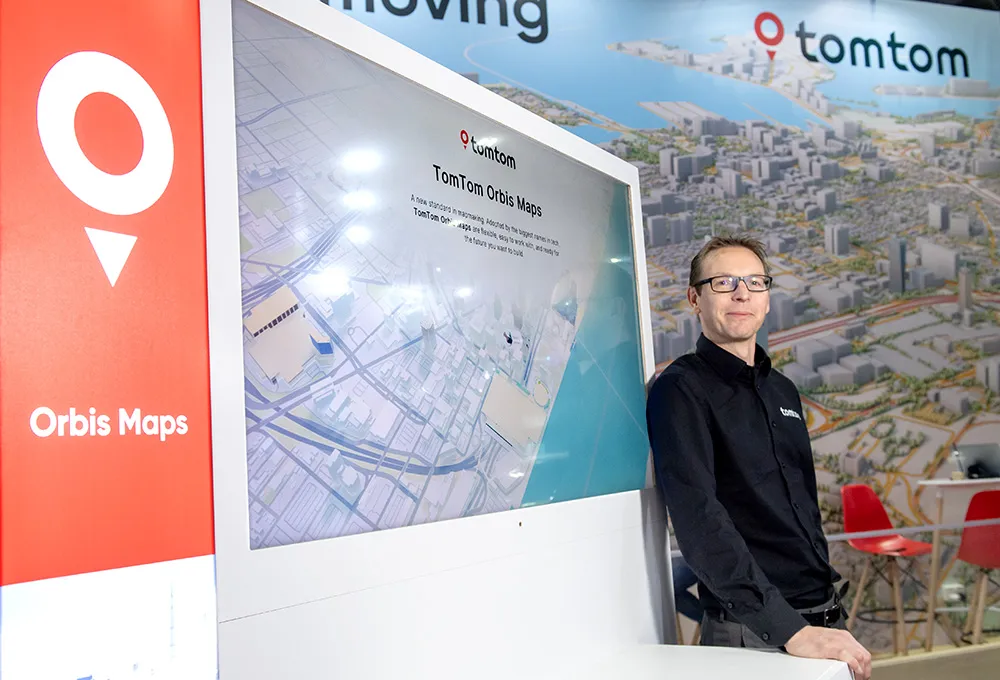A partnership between AirSage and Citilabs has announced Cube Cloud, which is claimed to be the world’s first cloud-based traffic analytics solution. Using AirSage’s cell phone signal analysis data, Cube Cloud combines the convenience of an online solution with accurate population movement data to deliver efficient transportation analysis and modelling.
July 12, 2012
Read time: 2 mins
A partnership between 6178 AirSage and 6179 Citilabs has announced Cube Cloud, which is claimed to be the world’s first cloud-based traffic analytics solution.
Using AirSage’s cell phone signal analysis data, Cube Cloud combines the convenience of an online solution with accurate population movement data to deliver efficient transportation analysis and modelling.
“Planners and engineers have always been frustrated with the high costs and long delays in collecting population movement data,” said Michael Clarke, CEO of Citilabs. “Working with AirSage has enabled us to bring to market a powerful, collaborative and low-cost solution to analyse travel patterns and develop optimal solutions to today’s transportation problems.”
The partners claim Cube Cloud bypasses traditional data collection methods so that transportation planning, modelling, traffic engineering, GIS and urban planning professionals can use the service to provide information about traffic volume and travellers on any street for mobile advertising and site-location industries; calculate energy consumption and air and noise pollution to test new green transportation initiatives; help identify solutions to daily traffic delays; and serve as a platform for testing new initiatives in smart mobility.
Using AirSage’s cell phone signal analysis data, Cube Cloud combines the convenience of an online solution with accurate population movement data to deliver efficient transportation analysis and modelling.
“Planners and engineers have always been frustrated with the high costs and long delays in collecting population movement data,” said Michael Clarke, CEO of Citilabs. “Working with AirSage has enabled us to bring to market a powerful, collaborative and low-cost solution to analyse travel patterns and develop optimal solutions to today’s transportation problems.”
The partners claim Cube Cloud bypasses traditional data collection methods so that transportation planning, modelling, traffic engineering, GIS and urban planning professionals can use the service to provide information about traffic volume and travellers on any street for mobile advertising and site-location industries; calculate energy consumption and air and noise pollution to test new green transportation initiatives; help identify solutions to daily traffic delays; and serve as a platform for testing new initiatives in smart mobility.










